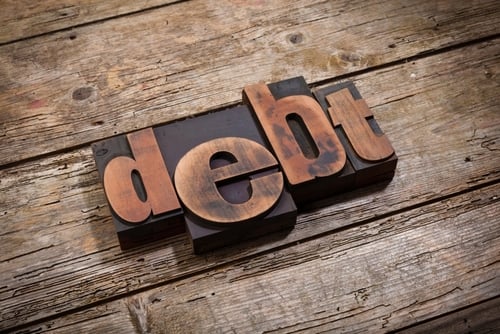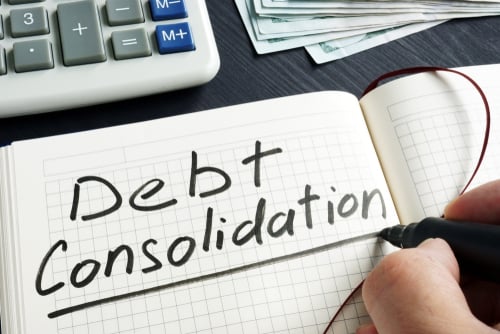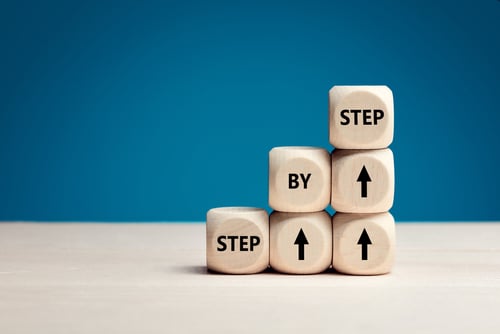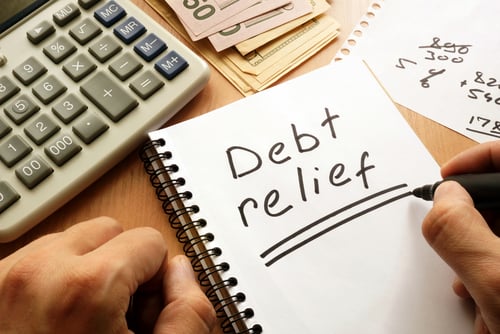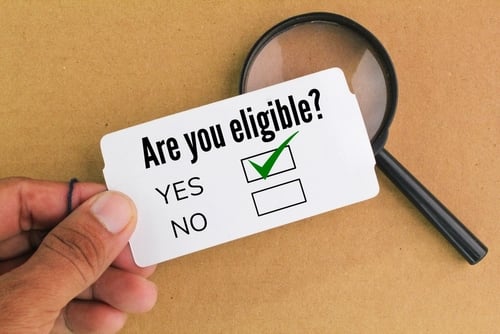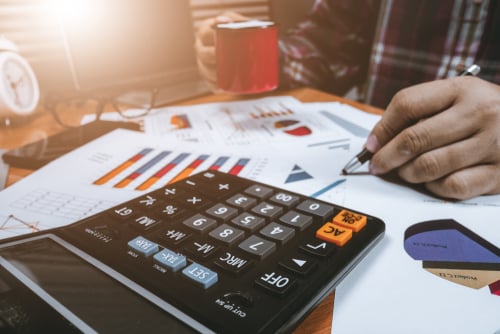How Do Credit Cards Work?
Credit Cards
Credit cards are ubiquitous within the American consumer economy, playing an important role in the process of building and maintaining a strong credit score and profile while providing a convenience and ease of use for both online and offline consumers.
The simple truth is that with each passing year, the use of cash and checks for facilitating purchases becomes more and more outdated as credit cards, debit cards, and electronic payment systems become increasingly utilized.

Debit cards function essentially as electronic checks that draw directly from a bank account to facilitate a payment, though their usage has been declining in the U.S. since 2013, with the percentage of domestic households utilizing debit cards checking in at 58%, down from 73%.
Credit card usage, however, remains robust as ever, with just over 70% of American households carrying at least one VISA, Mastercard or Discover card. Why have credit cards maintained their popularity and how do credit cards work? Let’s take a closer look.
How Do Credit Cards Work?
When most of us pull a credit card out of our pocket to use at a store, bar, restaurant or online, we probably don’t give too much thought to the underlying mechanics of the transaction. However, things are a little more complicated than they appear. Sure, we swipe or “chip” the card, but what goes on behind the scenes?
For starters, at the point of purchase, the merchant’s credit card terminal communicates with the credit card issuer to verify the validity of the card and amount of available credit before granting approval or denial of the transaction.
Credit cards have credit limits that are reduced by the amount of purchases but increased by the amount of payments made against the outstanding balance. Therefore, the remaining available credit on a credit card is “renewable” in a sense – though it will go down by the amount of purchase, it will recover as payments are made.
This process of utilizing a credit card repeatedly – as long as the outstanding balance remains beneath the credit line and payments are made in a timely manner that reduce the credit card balance is central to the principle of revolving debt. However – there is the matter of credit card interest rates and interest expense against the remaining balance on the card.
ABC
Credit Card Interest Rates
When purchases are made with a credit card, the issuer generally allows for a grace period of at least twenty days during which interest expense will not accrue if the entire balance is paid in full.
However, if a balance is not paid in full prior to the end of the grace period, interest expense will accrue and compound along with the remaining balance left on the card.
The interest rate is the annual rate charged against the remaining balance on the card, and it will vary according to the borrower’s creditworthiness as dictated by the strength of an individual’s FICO credit score. Credit cards do not require the entire balance to be paid off at once, but instead will require a minimum payment by the monthly due date as indicated by the billing cycle on the monthly statement.
If repayment is not made by the due date, then a late payment penalty will accrue and the three major credit bureaus (Experian, Equifax and TransUnion) will be notified, resulting in a credit score reduction.
Meantime, though it is important to make timely payments, paying only the minimum payment consistently will inevitably make things more expensive, resulting in greater interest expense over a longer period of time before your credit card debt is ultimately paid in full.
Examine Your Credit Card Statement and Activity
Each month, your credit card issuer will generate a monthly statement that includes activity related to purchases and payments, along with information related to your total credit line, available credit remaining, outstanding balance, interest expense, minimum required payment and due date.
It is always a good idea to spend a few minutes reviewing your statement, making certain that all transactions appearing on the statement were authorized by you, as well as getting an understanding of how you are using the card and what type of expenses you are incurring.
Remember – credit cards are a useful tool when they are used responsibly – they help build a credit score and profile and are useful to have on hand for emergencies or for budgeting when cash flow runs a bit light. However, it is never a good idea to allow a mounting pile of credit card debt to grow recklessly.
Consistently reviewing your monthly statements can help remind you of what you are spending money on and whether your expenditures are truly necessary.
Indeed, if your monthly statements reflect spending habits that demonstrate you are living beyond your means through credit cards, it’s time to immediately curb your credit card usage, resorting to credit cards only in the event of emergencies until you have paid off the vast majority of your existing balances.

Are you in debt? we can help
Get Debt Relief
Speak with licensed debt specialists dedicated to guiding you toward financial stability every step of the way.

Ready To Get Started?
See if you qualify for debt relief. Get a Free savings estimate to see how quickly you can be debt free.
Embrace financial freedom with our tailored solutions, expert guidance, and unwavering commitment to your success.
Experienced Professionals
Our experienced team has helped thousands of clients successfully eliminate debt and regain financial freedom.
Customized Solutions
We know every financial situation is different, so we design personalized debt relief plans to fit your specific needs and goals.
High Success Rate
Our proven debt relief strategies deliver real results. With a strong track record of success, we help clients achieve lasting financial stability.
Confidential Consultation
Your privacy is our priority. All debt relief consultations are 100% confidential and handled with the highest level of discretion.
Explore other blogs
